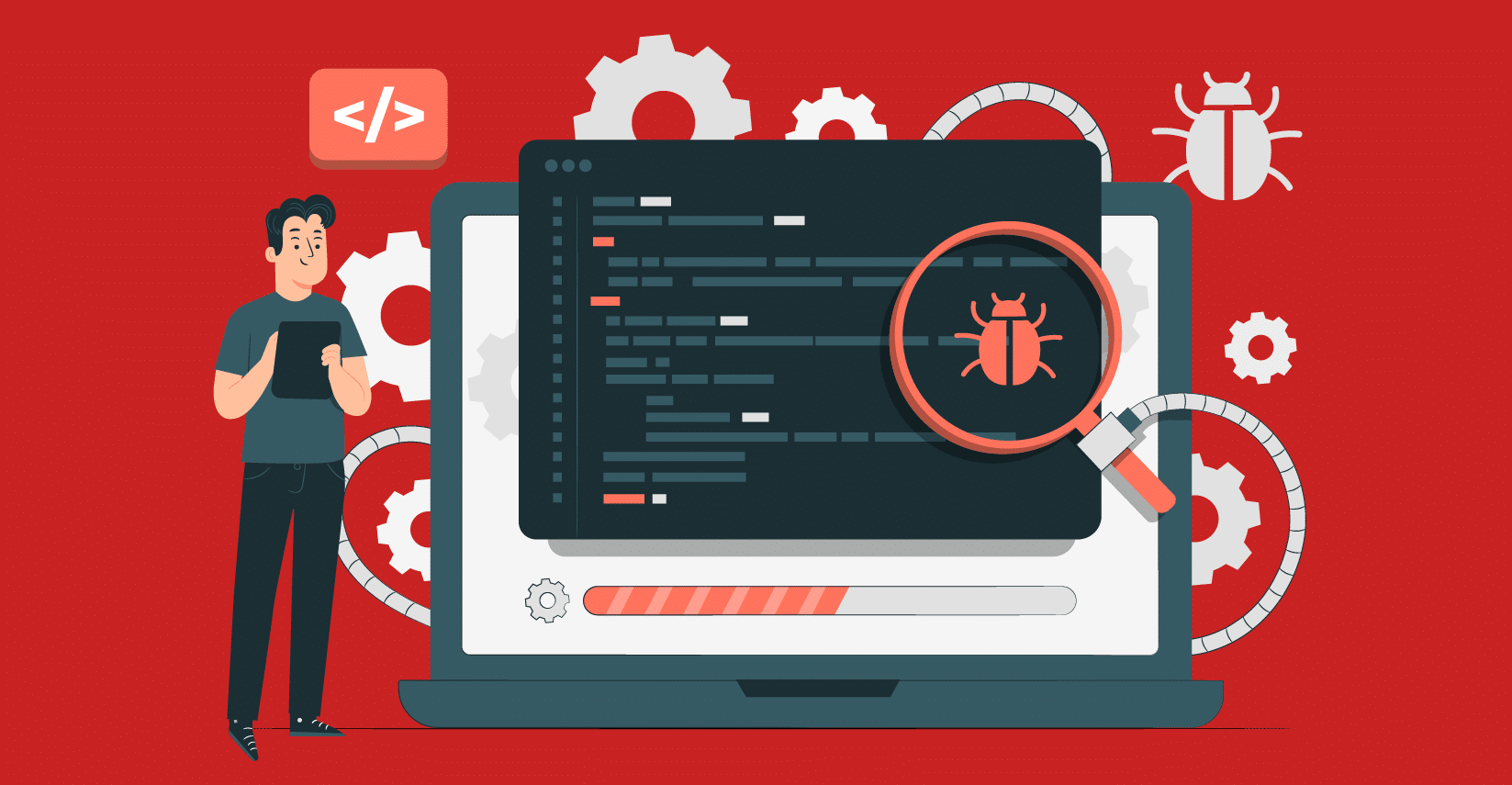More and more businesses are willing to invest in a good bug management tool. These programs are essential for developers because they allow them to effectively track and manage defects, which then ensures that the final product is free of issues.
Picking the right tool is no walk in the park, though. When search engines bombard you with countless options, it’s easy to get overwhelmed as you have no idea which app would do a better job and which one can be trusted.
But we are here to help. Here is how you can choose the right bug management program for your team’s efficiency.
1. Pay Attention to the Interface
One of the first aspects you should check when it comes to bug management tools is the interface. The last thing you want is a program with an unfriendly interface that makes defect tracking and management a nightmare. Ideally, the interface should be clean, simple, and user-friendly.
Pay attention to details such as whether the program supports image or recording preview, whether its features are easy to learn, whether access to the features is simple, and so on.
2. Make Sure It’s Easy to Use
Developers already have enough things to deal with. So, they don’t want an app that makes work more complicated. Why not ease your workload by choosing a tool that is very convenient to use and simple to learn?
Make sure that the app is easy to understand and work through and that it constantly receives updates that sort out possible issues. It should allow even a beginner to use it without struggling.
3. Check the Price
Each bug management tool comes with a certain fee. Before making a final decision, it’s very important to consider the cost. Perhaps you’re on a budget or simply don’t want to spend a fortune on a single tool.
Don’t worry – there are numerous options that you can browse through. There are bug-tracking tools that are more pocket-friendly, as well as some that have higher prices. Don’t go for the cheapest alternative, but make sure that you don’t rate an app’s effectiveness based on how high the price is.
4. Ensure That It Improves Collaboration
Collaboration is crucial during the bug management process. You want to be able to communicate with your team whenever you have an update or want to fix a bug.
So, when you’re looking for a bug management app, ensure that it also makes collaboration easier and more effective between team members. This will boost the efficiency of your bug management process.
5. Integration and Compatibility
A bug management tool should seamlessly integrate with your existing development environment. It should be compatible with the platforms, tools, and frameworks your team uses. Compatibility is key to ensure smooth transitions and functionality within your current setup. Check whether it supports the programming languages and applications your team relies on to ensure efficient tracking and resolution of bugs.
6. Customization and Flexibility
A robust bug management tool should allow for customization and flexibility. It’s important that the tool can adapt to your team’s specific requirements and methodologies. Features such as customizable fields, workflows, and reporting are essential. Look for a tool that can be tailored to your team’s unique workflow, enabling you to streamline the bug tracking process.
7. Reporting and Analytics Capabilities
In-depth reporting and analytics are essential for understanding the trends and patterns of the bugs. A good bug management tool provides comprehensive reports and analytics that help in assessing the health of the project. It should offer insights into the progress, areas of improvement, and patterns in bug occurrence, aiding in making informed decisions to enhance the overall development process.
8. Customer Support and Documentation
Reliable customer support is crucial when choosing a bug management tool. Ensure the vendor provides timely and effective customer support, including guidance, documentation, and training. Comprehensive documentation is valuable for onboarding new team members and understanding the tool’s full capabilities, ultimately ensuring its successful integration into your workflow.
Crafting a Tailored Bug Management Strategy
Choosing the right bug management tool requires a thoughtful evaluation of various factors. By considering these aspects, you can select a tool that aligns with your team’s needs and significantly contributes to the success of your software development projects.
Crafting a tailored bug management strategy involves exploring tools that seamlessly integrate into your existing workflow. Finding the right bug management tool is not just about features; it’s about enhancing the efficiency and quality of the development process. It’s about having a tool that not only identifies issues but also assists in resolving them effectively. The goal is to create a bug management strategy that not only reduces the occurrence of defects but also enhances team collaboration and product quality.
Selecting a bug management tool is an investment in your team’s productivity and the success of your projects. Understanding your team’s unique requirements and carefully evaluating bug tracking solutions will pave the way for a more streamlined and effective development process. The ultimate aim is to have a tool that supports your team’s objectives, making bug tracking more efficient and contributing to the overall success of your software projects.
The Bottom Line
Choosing a bug management tool is definitely not easy. You have to go through many options before you can find something that meets your requirements and also looks trustworthy enough. In your journey to find the ideal management tool, make sure to pay attention to details such as the price of the software, its collaboration features, its interface, and how easy it is to use, among other things.
While there’s no one-size-fits-all solution, focusing on tools that offer a balance between the cost, functionality, and adaptability to your team’s workflow is essential. Each tool has its unique attributes, strengths, and potential drawbacks. Some might come with a lower price tag, yet offer comprehensive features that align perfectly with your team’s needs. Others might have a higher initial investment but provide a broad range of functionalities, ideal for larger or more complex projects. Considering factors like the tool’s scalability, its adaptability to your team’s work style, and how seamlessly it integrates with your existing toolset is crucial in making the right choice for your bug management needs.


























